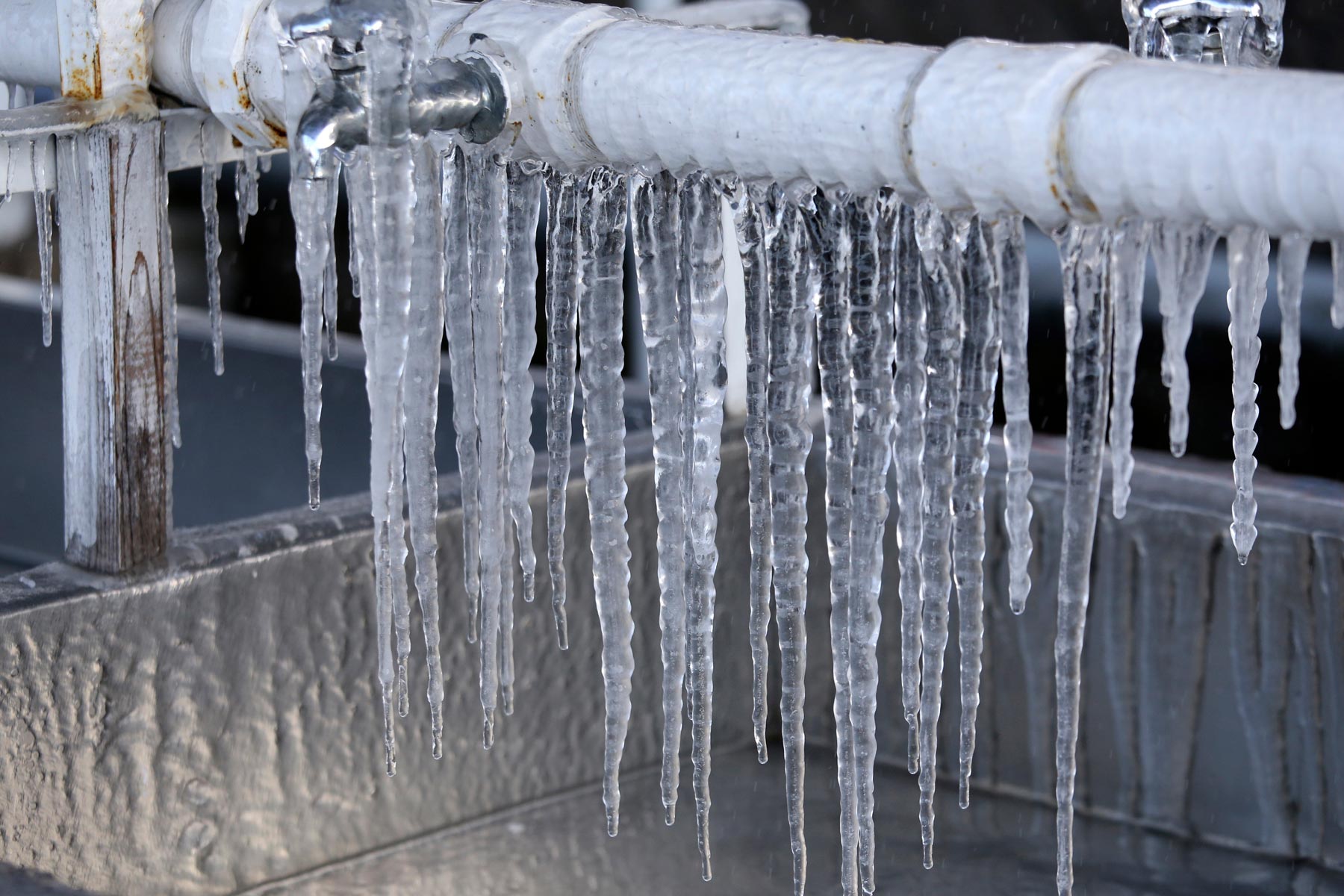Guidance for Preventing Frozen Pipes in Winter: Expert Advice
Guidance for Preventing Frozen Pipes in Winter: Expert Advice
Blog Article
Just how do you really feel when it comes to How To Avoid Freezing Pipes?

Cold weather can ruin your plumbing, especially by freezing pipelines. Below's how to avoid it from taking place and what to do if it does.
Intro
As temperature levels decline, the danger of frozen pipes boosts, potentially causing expensive fixings and water damages. Understanding exactly how to avoid icy pipelines is critical for house owners in cold environments.
Recognizing Icy Pipes
What causes pipes to ice up?
Pipes freeze when exposed to temperatures below 32 ° F (0 ° C) for extended durations. As water inside the pipelines ices up, it broadens, taxing the pipeline walls and potentially creating them to rupture.
Dangers and damages
Frozen pipes can result in water supply disruptions, residential property damages, and pricey fixings. Burst pipelines can flood homes and create comprehensive architectural damage.
Signs of Frozen Pipes
Identifying frozen pipelines early can prevent them from breaking.
Exactly how to identify icy pipes
Search for decreased water circulation from taps, uncommon odors or noises from pipelines, and visible frost on subjected pipelines.
Avoidance Tips
Insulating at risk pipes
Wrap pipelines in insulation sleeves or utilize warm tape to safeguard them from freezing temperatures. Focus on pipelines in unheated or exterior areas of the home.
Home heating strategies
Keep interior spaces effectively heated up, particularly areas with pipes. Open up cabinet doors to allow warm air to flow around pipelines under sinks.
Safeguarding Exterior Pipes
Yard hose pipes and outdoor taps
Separate and drain pipes garden pipes prior to winter season. Set up frost-proof faucets or cover exterior taps with insulated caps.
What to Do If Your Pipelines Freeze
Immediate actions to take
If you presume icy pipelines, keep taps open to soothe stress as the ice melts. Utilize a hairdryer or towels taken in warm water to thaw pipes gradually.
Long-Term Solutions
Structural adjustments
Consider rerouting pipelines far from exterior wall surfaces or unheated locations. Add additional insulation to attic rooms, cellars, and crawl spaces.
Upgrading insulation
Invest in top notch insulation for pipes, attic rooms, and walls. Appropriate insulation aids keep regular temperatures and lowers the risk of icy pipes.
Conclusion
Protecting against icy pipelines requires proactive steps and quick reactions. By recognizing the causes, indications, and preventive measures, property owners can protect their pipes during cold weather.
6 Proven Ways to Prevent Frozen Pipes and Protect Your Home
Disconnect and Drain Garden Hoses
Before winter arrives, start by disconnecting your garden hoses and draining any remaining water. Close the shut-off valves that supply outdoor hose bibs and leave the outdoor faucet open to allow any residual water to drain. For extra protection, consider using faucet covers throughout the colder months. It’s also important to drain water from any sprinkler supply lines following the manufacturer’s directions.
Insulate Exposed Pipes
Insulating your pipes is an effective way to prevent freezing. Pipe insulation is readily available at home improvement stores and is relatively inexpensive. Pay close attention to pipes in unheated areas such as the attic, basement, crawl spaces, or garage. Apply foam insulation generously to create a buffer against the cold. You can also wrap your pipes in heat tape or thermostat-controlled heat cables for added warmth.
Seal Air Leaks
Inspect your home for any cracks or openings that could let in cold air. Seal any holes around the piping in interior or exterior walls, as well as the sill plates where your home rests on its foundation. Additionally, make sure to keep your garage door closed unless you’re entering or exiting. Leaving it open creates a significant air leak that can lead to frozen pipes.
Allow Warm Air Circulation
During cold snaps, it’s essential to allow warm air to circulate evenly throughout your home. Leave interior doors ajar to promote better airflow. Open kitchen and bathroom cabinets to help distribute heat consistently around the rooms. If you have small children or pets, be sure to remove any household chemicals or potentially harmful cleaners from open cabinets for safety.
Let Faucets Drip
A small trickle of water can make a big difference in preventing ice formation inside your pipes. When temperatures drop significantly, start a drip of water from all faucets served by exposed pipes. This continuous flow helps prevent the water from freezing. Additionally, running a few faucets slightly can relieve pressure inside the pipes, reducing the chances of a rupture if the water inside does freeze.
https://choateshvac.com/6-proven-ways-to-prevent-frozen-pipes-and-protect-your-home/

I was shown that write-up on How to Prevent Your Pipes From Freezing through a good friend on another domain. Feel free to take a moment to promote this blog if you enjoyed reading it. Thank you so much for taking the time to read it.
Book Service Now Report this page